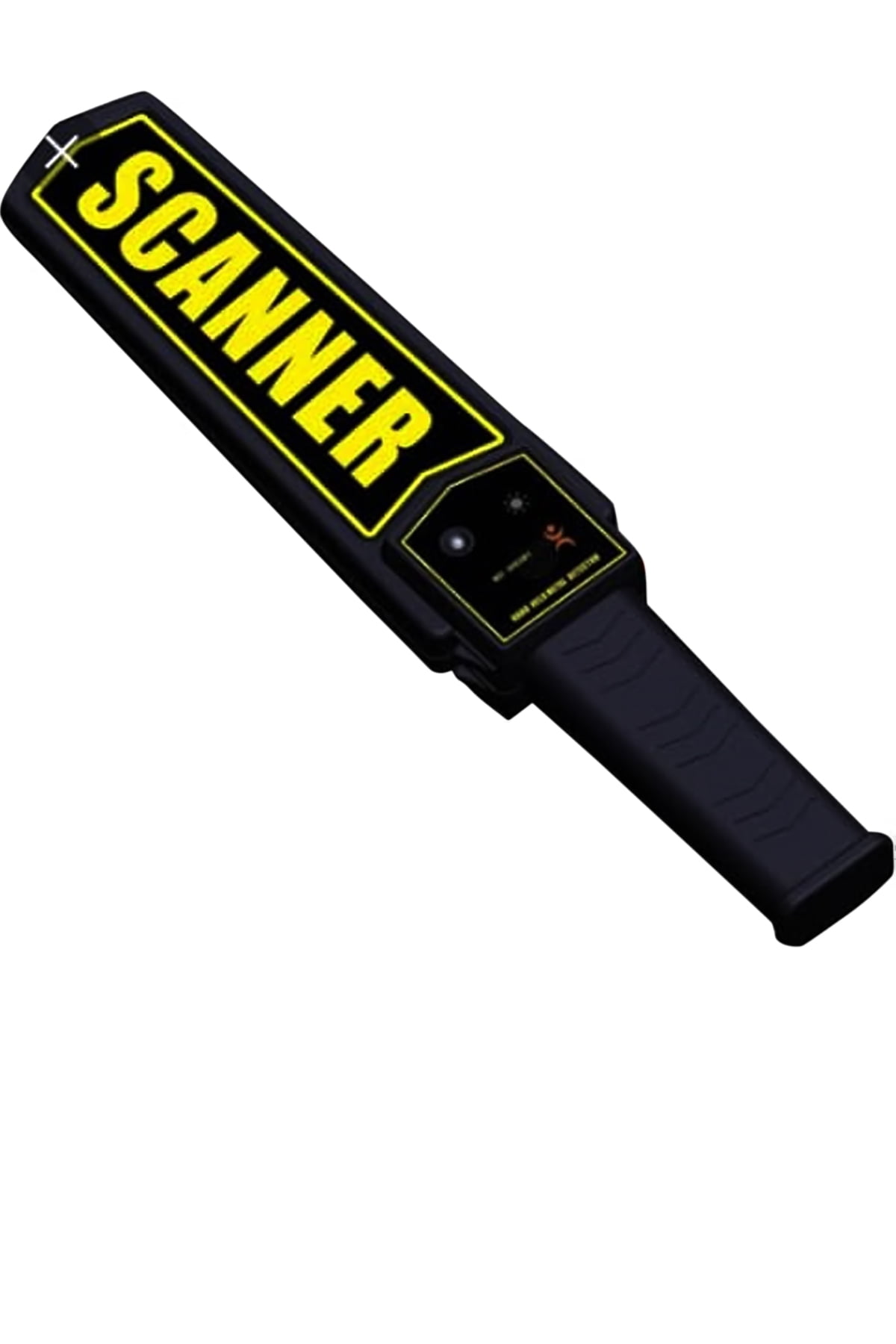Description
A metal detector is an electronic device used to detect the presence of metal objects hidden beneath the surface or buried in various materials. It is commonly employed in a wide range of applications, including security screening, archaeological surveys, treasure hunting, and industrial inspection. Here is a description of a typical metal detector:
Control Box: The control box serves as the main control center of the metal detector. It contains the electronic circuitry, power source, and user interface elements. The user can adjust settings, such as sensitivity, discrimination, and audio volume, through buttons, knobs, or a digital display.
Search Coil: The search coil, also known as the search head or search antenna, is the part of the metal detector that emits and receives electromagnetic signals. It is typically a circular or rectangular-shaped coil made of insulated wire wound around a non-metallic core. The size and shape of the search coil may vary depending on the specific application.
Shaft: The shaft is the structural component that connects the control box to the search coil. It is usually adjustable in length to accommodate users of different heights and can be extended or retracted for comfortable operation. Some metal detectors may have a telescopic shaft that allows for compact storage and easy transport.
Handle and Armrest: The handle, often located near the control box, provides a comfortable grip for the user to hold and maneuver the metal detector. An armrest is typically attached to the shaft, providing additional support and reducing fatigue during prolonged use.
Audio Output: Metal detectors produce audible alerts or tones to indicate the presence of metal objects. When a metal object is detected, the detector emits a beep, chirp, or tone that varies in pitch or intensity depending on the type and conductivity of the detected metal.
Visual Display: Some advanced metal detectors may include a visual display to provide additional information and feedback. The display can show details such as target identification, depth estimation, battery level, or other settings.
Discrimination and Target Identification: Many metal detectors feature discrimination capabilities, allowing users to filter out unwanted objects based on their conductivity or specific metal types. This helps differentiate between valuable targets (e.g., coins, jewelry) and less desirable items (e.g., nails, bottle caps). Some detectors may provide target identification features that display or audibly announce the probable type of metal detected.
Waterproofing: Certain metal detectors are designed to be water-resistant or waterproof, allowing their use in wet environments, such as beach sand or shallow water. These detectors typically have sealed control boxes and search coils to prevent damage from moisture or submersion.
Metal detectors operate based on the principle of electromagnetic induction. When the search coil is energized by an electrical current, it generates a magnetic field. When this field encounters a metallic object, it induces eddy currents in the metal, causing a change in the electromagnetic field detected by the coil. The metal detector’s electronics analyze these changes to determine the presence and characteristics of the detected metal object.
Metal detectors have various applications, from security screening at airports and public events to hobbyist treasure hunting and archaeological surveys. They are valuable tools for locating hidden metal objects and ensuring safety and efficiency in a wide range of settings.


Reviews
There are no reviews yet.